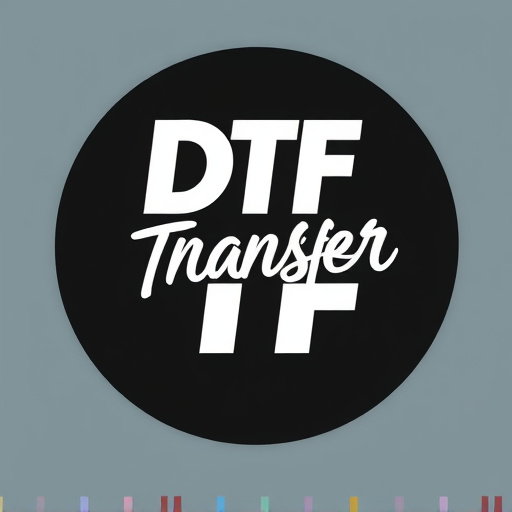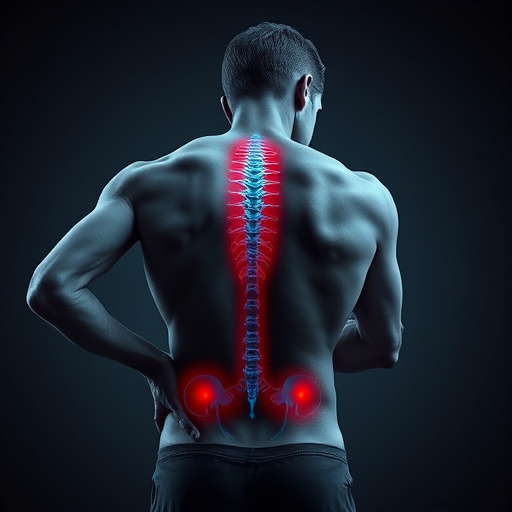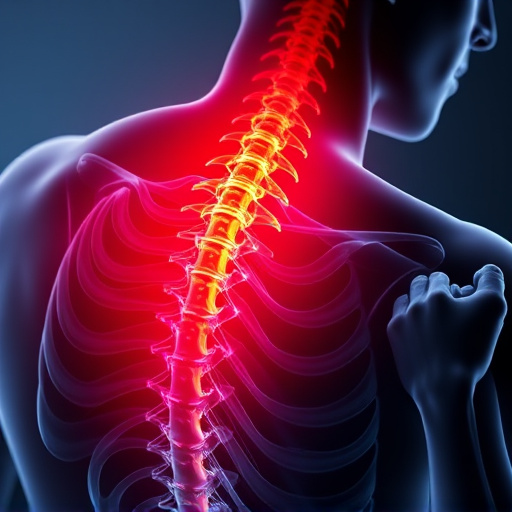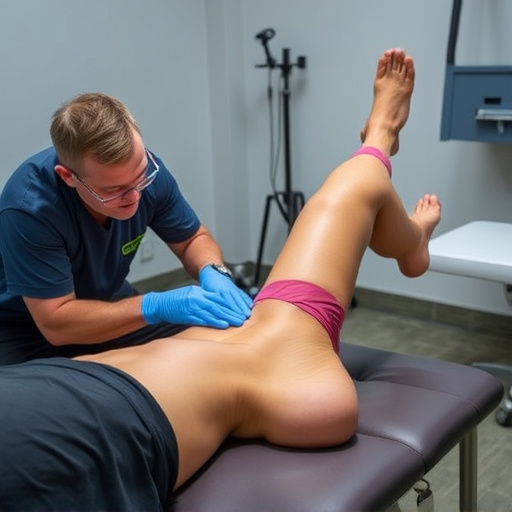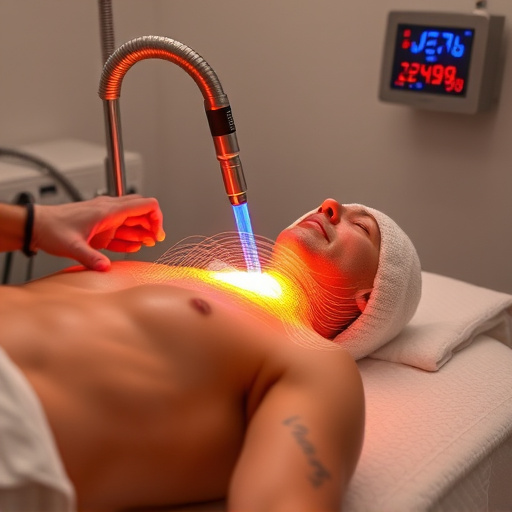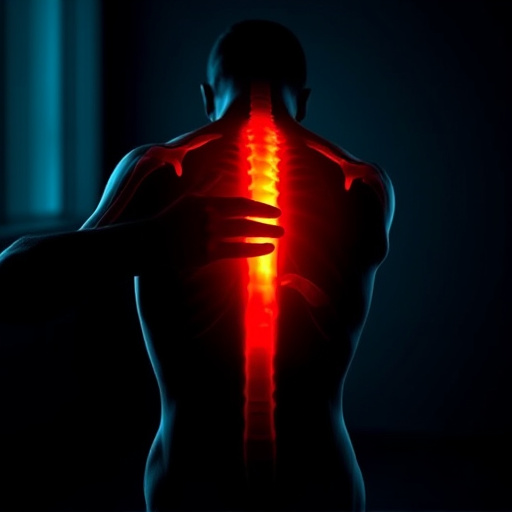Post-accident rehabilitation demands a cautious, personalized approach to avoid further injury. Unsupervised physical activities are risky, especially for serious injuries. Skilled therapists design safe, effective exercises focusing on flexibility, strength, and balance. Tailored programs prevent complications, promote healing, and ensure long-term health during recovery.
Post-accident rehabilitation is a crucial step towards recovery, but it’s easy to make mistakes that can hinder progress. To ensure a safe and effective healing process, understanding what to avoid is essential. In this article, we’ll explore three key areas: overdoing exercises too soon, engaging in unsupervised activities, and neglecting professional guidance. By adhering to these guidelines, you can navigate your post-accident rehabilitation journey with confidence and minimize potential setbacks.
- Avoid Overdoing Exercises Too Soon
- Steer Clear of Unsupervised Activities
- Don't Neglect Professional Guidance
Avoid Overdoing Exercises Too Soon
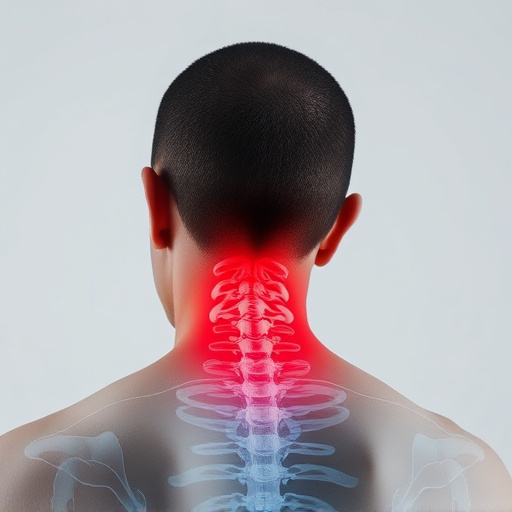
After a traumatic event or accident, it’s natural to want to bounce back quickly and regain mobility. However, during post-accident rehabilitation, one of the most important things to avoid is overdoing exercises too soon. Pushing your body beyond its current limits can lead to further damage, causing more pain and potentially delaying your recovery process.
The goal of rehabilitation is to restore function gradually while promoting healing. That’s why personalized treatment plans tailored to individual needs are crucial, especially in sports injury recovery scenarios. Your healthcare provider will design specific exercises focusing on flexibility, strength, and balance, ensuring a safe and effective journey towards wellness care and full recovery.
Steer Clear of Unsupervised Activities
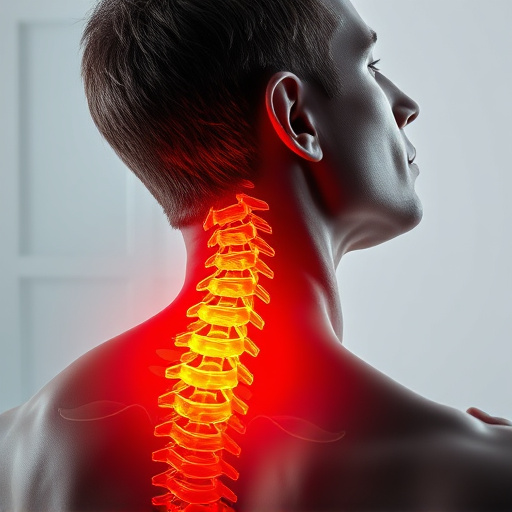
During post accident rehabilitation, unsupervised activities can be a significant risk. It’s crucial to avoid engaging in any physical endeavors without the guidance of your healthcare professional or certified physiotherapist. Attempting exercises on your own, especially if you’ve experienced a serious injury, can lead to further damage and complicate your recovery journey. Remember, post accident rehabilitation is not just about regaining strength; it’s about ensuring proper healing and preventing future complications.
One common mistake to avoid is attempting high-impact or non-adaptive movements too early in your recovery process. These activities might seem harmless, but they could cause a pinched nerve or exacerbate existing injuries. Focus on mobility improvement exercises that are tailored to your specific needs and condition. Non-invasive treatment methods like physical therapy, massage, and targeted stretches can provide much-needed relief from pain and promote healing without putting you at risk of further injury during post accident rehabilitation.
Don't Neglect Professional Guidance
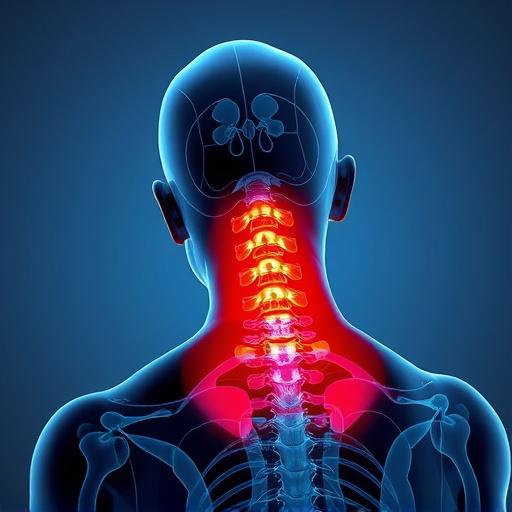
Post-accident rehabilitation is a critical phase for recovery, but it’s easy to make mistakes that can hinder progress. One common pitfall many individuals fall into is attempting to navigate this process alone, sans professional guidance. While self-care and motivation are essential, relying solely on personal knowledge can lead to incorrect form during exercises, which may exacerbate existing musculoskeletal injuries.
It’s crucial to understand that therapeutic exercises require precision and expertise. Skilled physical therapists or rehabilitation specialists possess the knowledge to tailor a program specific to your needs, ensuring safe and effective mobility improvement. Their guidance is invaluable in preventing further damage and promoting successful healing. Remember, seeking professional help is not a sign of weakness; it’s an investment in your long-term health and well-being during post accident rehabilitation.
In the journey towards recovery after an accident, it’s crucial to approach post-accident rehabilitation with caution and a strategic mindset. By steering clear of overdoing exercises too soon, unsupervised activities, and neglecting professional guidance, individuals can ensure their safety and effectiveness during rehab. Remember, proper rehabilitation is a delicate balance between pushing your body and allowing adequate rest, guided by experts in the field. Incorporating these principles into your recovery plan will foster a smoother transition towards a stronger, healthier self.


